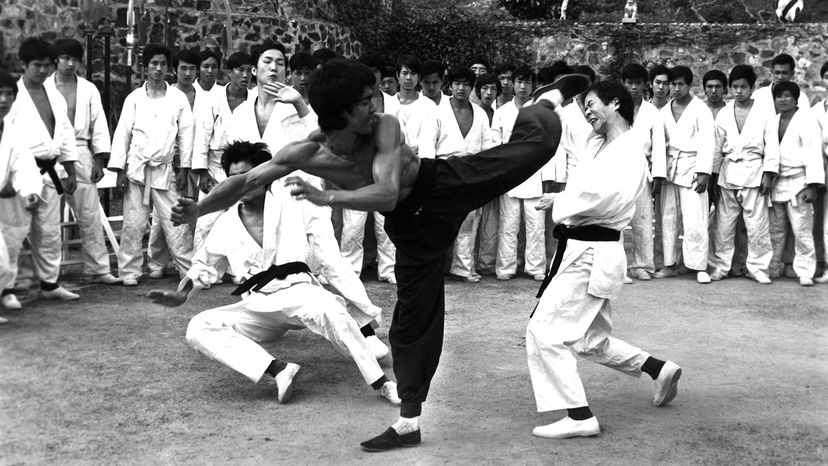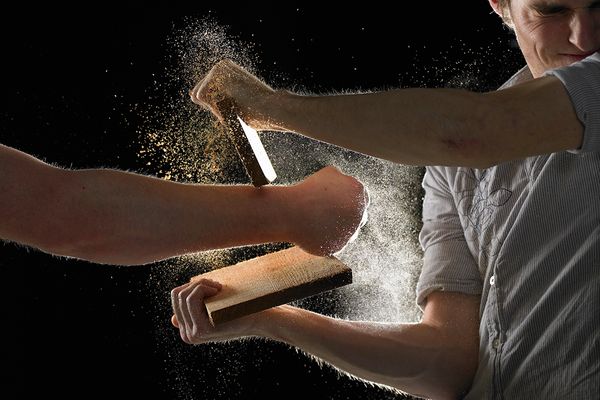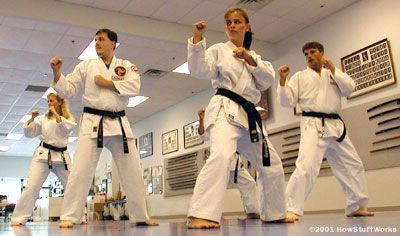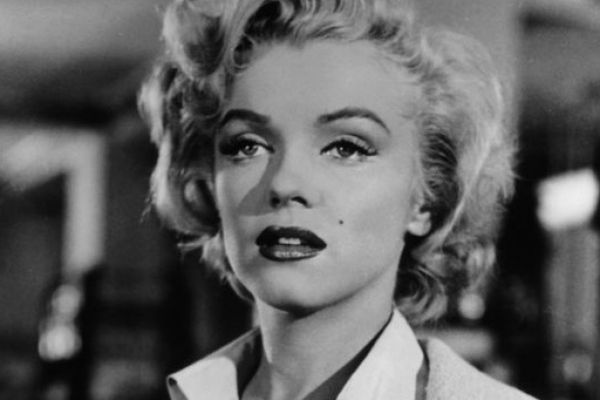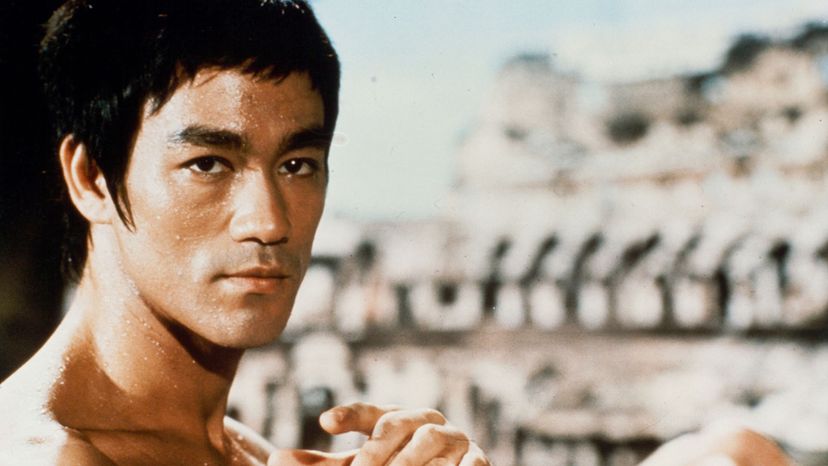
When the kung fu legend Bruce Lee is on screen, it's hard to take your eyes off of him. Consider Lee's cocky swagger as he swipes at his nose and beckons his opponent — or sometimes a roomful of opponents — to give it their best shot. You know how this is going to end, with a punishing flurry of kicks and punches, and Lee standing over his vanquished foes flexing his taut torso.
The Bruce Lee made famous in films like 1973's "Enter the Dragon" is the ultimate badass, an unbeatable kung fu warrior, and for most Westerners that's the only Bruce Lee they ever knew. Lee died under mysterious circumstances at only 32 years old, just as his Hollywood star was beginning to shine.
Advertisement
But who was the real Bruce Lee? And how did his childhood and upbringing in Hong Kong and America help shape the man who would become an actor and dancer years before he became a kung fu master? For answers, we spoke with Matthew Polly, author of the eye-opening biography, "Bruce Lee: A Life." Here are seven essential things to know about this iconic star.

